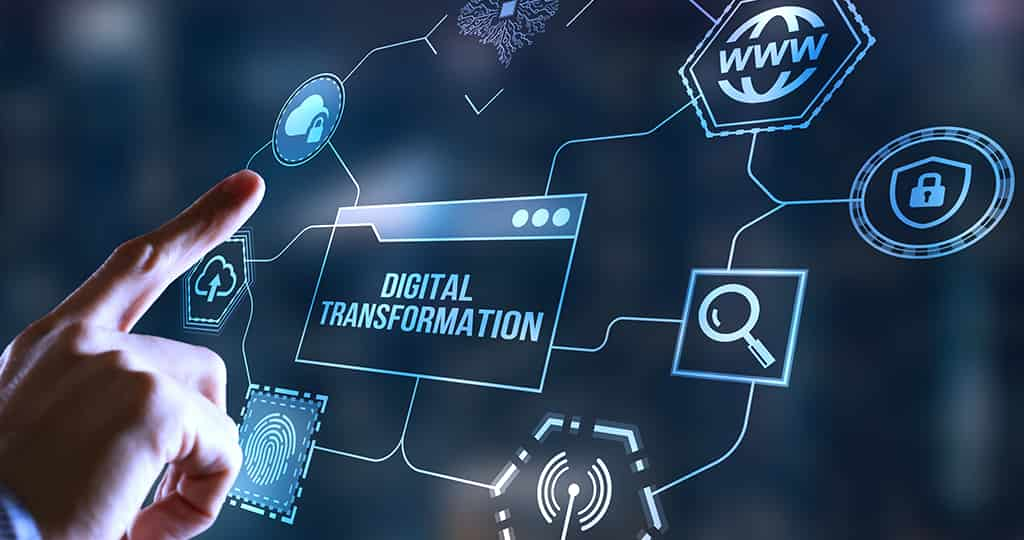Traditional companies operating in 2025 face intense pressure to modernize processes, engage digital-first customers, and adapt to rapidly shifting market dynamics. Embracing digital transformation is no longer optional—it’s a strategic imperative. Below are five key pillars of transformation and the leading tools that help legacy organizations digitize operations, streamline collaboration, and unlock new revenue streams.
1. Cloud Infrastructure and Platform Services
Migrating on-premises systems to cloud environments accelerates innovation by eliminating hardware bottlenecks and enabling rapid provisioning.
- Amazon Web Services (AWS): Offers a broad portfolio of IaaS and PaaS services—from EC2 virtual servers and managed databases to serverless computing with Lambda. AWS’s global footprint and extensive ecosystem accelerate modernization for enterprises of all sizes.
- Microsoft Azure: Excels at hybrid scenarios with Azure Arc and integrates seamlessly with existing Windows Server and SQL Server investments. Azure’s low-code Power Platform further empowers citizen developers to build apps and automate workflows.
- Google Cloud Platform (GCP): Leads in data analytics and AI/ML services such as BigQuery and Vertex AI. Its Anthos platform enables consistent Kubernetes-based deployments across on-prem and multi-cloud.
2. Collaborative Workspaces and Remote Enablement
As distributed teams proliferate, digital collaboration platforms become vital for productivity and culture.
- Microsoft 365 with Teams: Combines chat, persistent channels, video conferencing, document co-authoring, and integrated apps. Teams Connect and Mesh for Teams accelerate cross-organizational collaboration and virtual events.
- Slack: Organizes conversations into channels, integrates with hundreds of third-party apps, and supports Workflow Builder for lightweight automation. Enterprise Grid deploys Slack at scale with centralized controls.
- Google Workspace: Offers real-time co-editing in Docs, Sheets, and Slides, backed by Google Meet and Spaces for discussions. Its open API ecosystem enables custom workflow integrations.
3. Process Automation and AI-Driven Optimization
Automating manual tasks reduces errors, accelerates throughput, and frees employees for strategic work.
- UiPath: A leading Robotic Process Automation (RPA) platform, UiPath automates repetitive, rule-based tasks using both attended and unattended bots. Its AI Center brings computer vision and machine learning into automations.
- Automation Anywhere: Combines RPA with Intelligent Document Processing (IQ Bot) to extract data from invoices, contracts, and forms. The AARI desktop automation layer empowers business users with no-code automation.
- Zapier & Make (formerly Integromat): No-code integration platforms that connect SaaS apps via triggers and actions. Ideal for quick wins—syncing CRM records, routing support tickets, and updating spreadsheets without coding.
4. Data and Analytics Platforms
Deriving insights from data drives better decisions, predictive maintenance, and personalized customer experiences.
- Snowflake: Cloud-native data warehouse that decouples storage and compute, enabling near-instant scaling and secure data sharing across partners. Integrates with major BI and data science tools.
- Tableau and Power BI: Leading self-service BI solutions that provide intuitive drag-and-drop dashboards, natural-language querying, and embedded analytics for operational apps.
- Databricks: Unified data analytics platform powered by open-source Apache Spark. Supports data engineering, streaming, and machine learning in a collaborative notebook environment.
5. Customer Engagement and Digital Channels
Meeting customers where they are—online, mobile, social—requires modern engagement platforms.
- Salesforce Customer 360: A unified CRM that spans Sales Cloud, Service Cloud, Marketing Cloud, and Commerce Cloud. Its MuleSoft integration layer connects legacy systems for a single customer view.
- Adobe Experience Cloud: Combines content management, personalization, and cross-channel campaign orchestration. Real-time customer profiles enable targeted experiences on web, mobile, and email.
- Zendesk & Freshdesk: Cloud-based customer service suites that streamline ticketing, live chat, and self-service portals. AI-powered bots and sentiment analysis accelerate resolutions.
Implementation Best Practices
- Establish a Clear Vision and Roadmap
Define digital objectives—cost reduction, revenue growth, customer satisfaction—and align leadership around phased milestones. - Form a Cross-Functional Transformation Team
Include IT, operations, finance, and line-of-business leaders to ensure holistic process redesign and change management. - Adopt Agile and DevOps Practices
Implement iterative development, continuous integration/continuous deployment (CI/CD), and infrastructure as code to accelerate delivery while maintaining quality. - Invest in Skills and Culture
Provide training in cloud fundamentals, data analytics, and automation tools. Recognize digital champions who drive adoption and innovation. - Measure Impact and Iterate
Track key performance indicators—cycle times, error rates, customer Net Promoter Score—and refine processes and tooling based on data.
Digital transformation for traditional enterprises is a journey that spans modernizing infrastructure, enabling remote collaboration, automating operations, harnessing data, and reimagining customer engagement. By strategically investing in the cloud, collaboration suites, automation platforms, analytics tools, and digital experience solutions—and by following agile, data-driven implementation practices—companies can compete effectively, delight customers, and thrive in the digital economy of 2025 and beyond.

